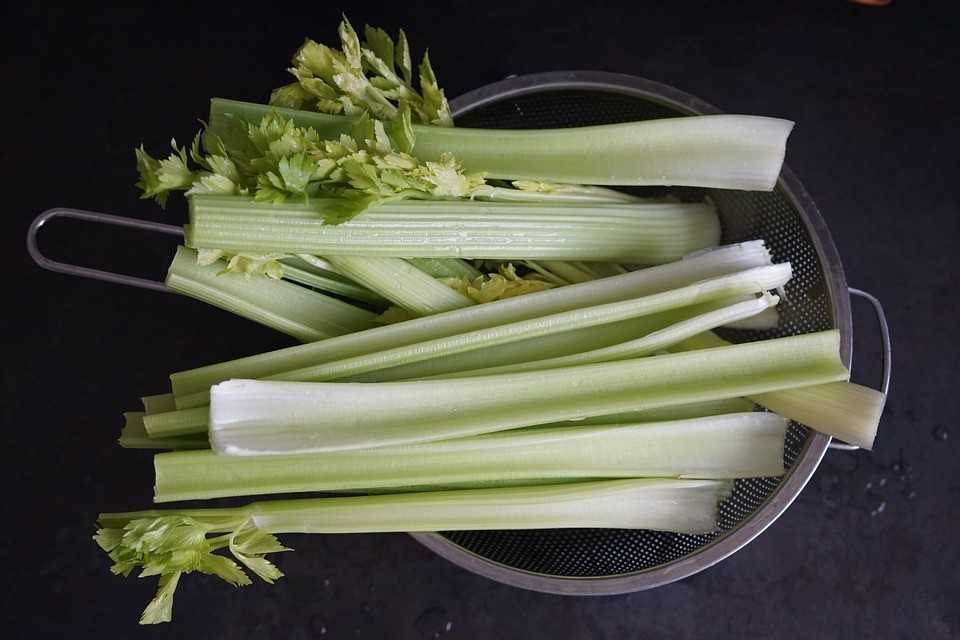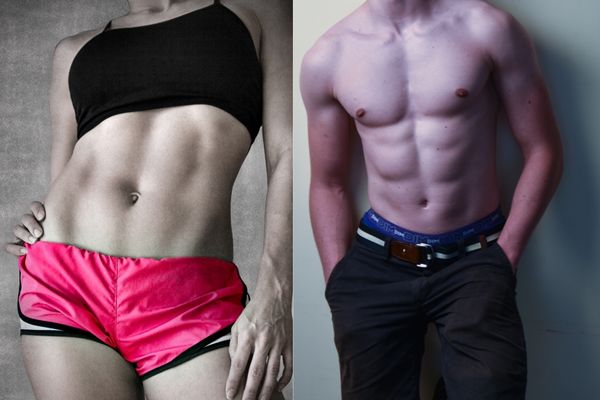Sometime back, I came across a term called “Negative Calorie foods”. My ears instantly started ringing to this fancy term, which sounded too attractive to be true. I searched online for the same, and surprisingly found a number of famous health websites, promoting this fad.

Acc. to a 2014 study, recently negative-calorie diet (NCD) has gained a great deal of research and popular attention. The origin of the NCD idea is still unclear. This notion first appeared in the website www.negativecaloriediet.com as an 80-page downloadable e-book in 2007. The negative calorie diet is a kind of very-low-fat diet (details of diet: 15% protein, 75% carbohydrate, 10% fat) that have a very high carbohydrate and fibre content.
A 2019 study, suggested that, in theory, these are foods for which more energy is expended in their digestion, assimilation, and nutrient storage than is gained. Therefore, their consumption results in a caloric deficit due to both the lack of net energy gained and that stored energy (i.e., fat) must therefore be utilized to fuel the completion of digestion and processing. Negative-calorie foods are generally characterized by a high fibre and water content and low caloric density. Topping the well-touted lists of negative-calorie foods are celery, lettuce, grapefruit, cucumber, and broccoli
For e.g., for digesting a piece of dessert containing 400 calories, the body needs 150 calories of energy. The remaining 250 calories add to the body fat. However, based on the idea of NCD, eating a 100-calorie dessert needs 150 calories for digestion. Actually, the body should burn 50 extra calories simply by eating the food. This idea for weight loss is appealing. This gives such foods, a natural fat-burning property. They are called catabolic foods. So, in simple terms, the NCD diet will help you in reducing overall calorie intake than help you in burning the excess calories.
SCIENCE BEHIND THE MYTH

Let’s understand the basics first:
TEE (total energy expenditure) – is the amount of energy (calories) spent on an average in typical day.
To calculate TEE, the formula is:
TEE = BMR (BASAL METABOLIC RATE) + TEF (THERMIC EFFECT OF FOOD) + ENERGY EXPENDED DURING PHYSICAL ACTIVITY (app. 20% of total TEE)
BMR or Basal Metabolic Rate is the energy required for core body functions and is measured at complete rest without food and it accounts for app. 60% of daily energy expenditure in a sedentary person.
Thermic Effect of Food (TEF), which accounts for around 10% of the daily energy needs. This is basically the effect which one gets from digestion and absorption of food.
Energy expenditure in the name of Activity Thermogenesis which is further divided into 2 types Exercise Activity Thermogenesis (EAT) and Non-Exercise Activity Thermogenesis (NEAT).
Our focus here is TEF, or the energy needed for digestion of foods. Different foods have different TEF, that’s why a different effect on the body when it comes to weight loss. For e.g. the TEF for fat is very low, as fats are assimilated very easily in the body. So, the body doesn’t spend much energy to digest fats. On the other hand, proteins take a lot of calories to digest, so is a recommended food during weight loss. Same is the case with high fibre foods.
- A 2012 study, explored the diet induced thermogenesis (DIT) associated with celery consumption, or what we call TEF. This was because of the prevalent myth that, when consuming celery there is a ‘negative’ intake of calories and therefore the energy required for its digestion, assimilation and nutrient storage is assumed to be greater than the energy it itself contains. Celery is a readily available whole-food that has the ability to add bulk and flavour to a meal, without adding excess calories.
For the study, fifteen healthy female volunteers consumed 100g of celery. DIT & RMR (Resting Metabolic Rate) was measured before and after the celery consumption in the subjects. It was found that the consumption of celery (16kcal) did not induce a negative energy balance in healthy women. However, the DIT of 100g of celery was 86% of the total energy intake. This fact combined with the high fibre and water content of celery does make it a good snack for inclusion in a diet for weight loss or management.
2. To test this theory further, a 2018 report titled “Could you survive on celery alone?”, investigated whether an adult human could survive using celery as their sole source of calories. To do this, the quantity of celery required to sustain the basal metabolic rate (BMR) of an adult human for twenty-four hours was calculated and carefully assessed. To assess this, they took the females with average measurements as Age: 23.5yrs, Height: 167cm, Weight: 59.6kg.

To determine the physical quantity of celery required to sustain a human for a day, the BMR of the subject must be known. This is calculated using the Harris-Benedict Formula, as specified for women:
[Men: BMR = (13.397 × weight in kg) + (4.799 × height in cm) – (5.677 × age in years) + 88.362
Women: BMR = (9.247 × weight in kg) + (3.098 × height in cm) – (4.330 × age in years) + 447.593]
Using the formula above, the BMR of the subject was estimated to be 1382.6707 kcal/day.
Given that a 100g portion of celery contains app. 16kcal, the subject would need to consume app. 8.64kg of celery/day to meet their BMR requirements.
However, due to diet induced thermogenesis (DIT), 14% of the celery calories consumed are burnt in the process of consumption. This means that the subject would now be required to consume app. 10.05kg of celery per day, a number which in any case looks impractical.
Thus, the volume of food that a human would have to eat to meet the most basic calorific requirements (10.05kg) would not be physically possible to consume within a twenty-four-hour period. Along with this, if it were assumed that a ‘normal’ amount of food was consumed each day (except the only food consumed were celery) there would be a significant calorific deficit. This deficit would not be sustainable as a long-term diet without serious health repercussions.
3. A 2014 study, determined the effects of negative-calorie diet on weight loss and lipid profile, and to compare its efficiency with low-calorie diet (LCD). 104 subjects were selected among overweight or obese men aged 45-75 years.
Researchers found that, both experimental groups showed a similar pattern of weight loss. Weight loss obtained by NCD had no advantage over LCD as regards the lipid profile and preventing the occurrence or development of cardiovascular dysfunctions in sedentary overweight/obese middle-aged and older men.
4. A 2019 study, used the omnivorous lizard the bearded dragon and celery as the tested food. Following their consumption of celery meals equalling in mass to 5% of their body mass, researchers measured from each lizard their postprandial metabolic rates. Bearded dragons were selected for study because they are naturally omnivorous, possess a GI tract similar to that of omnivorous mammals (including humans), and can easily be studied in the lab due to their docile temperament and willingness to consume celery.
Researchers found that, although, the celery meals were inherently low in energy, the lizards of this study did achieve a net gain of energy from this meal.
In short, ‘negative calorie foods’ is a myth. It is just an attractive phrase to grab attention of those looking to lose weight, and is heavily used for marketing.
Acc. to Examine.com, “There is no evidence that a food can possess negative calories, thereby directly contributing to with weight loss. But foods typically categorized as ‘negative calorie’ items tend to be high in water and fibre, so their consumption may lead to weight loss because you consume less food overall”
Acc. to dietician Christy Wilson, a writer for the Academy of Nutrition & Dietetics in US, “As enticing as it seems to eat foods that require more energy to chew, digest and absorb than they actually contain, there is no research to support this claim. Although foods such as celery, lettuce and cucumbers may have negligible calories, make no mistake, they still count towards a day’s worth of calories… these low-calorie, plant-based foods are an important part of a balanced diet, but, alone, lack adequate nutrients, including protein and fat, to sustain a healthy body.”



